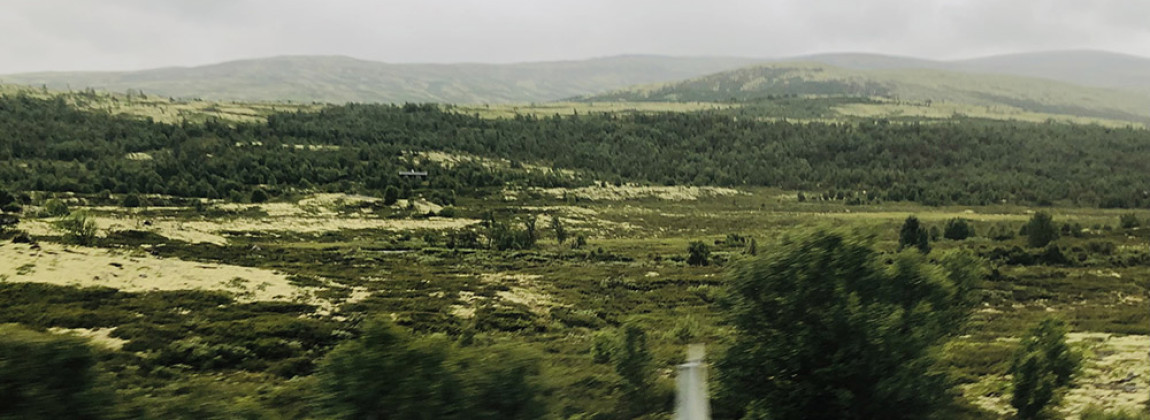- Type of project
- PhD
About the project
Experimenting with systemic and participatory design tools, the research explores the role of landscape architecture in landscape-based climate adaptation and mitigation
Climate risks such as flooding, drought, and landslides increase in frequency and severity in Norway. This urgent situation requires adaptation by a complete rethinking of land use, lifestyles, and planning. In addition, it offers a new challenge for landscape architects.
At different scales of decision-making, there is an awareness of a need for cross-sector and systemic thinking to encompass the full complexity of climate issues. But interdisciplinary remains a challenge in practice. Landscape contributes to local culture and is an essential component of cultural heritage, contributing to human well-being. Thus, perceptions of the value of landscapes and loss are to be considered in the context of climate action. Therefore, it is important to ask how to conduct a landscape project based on an integrated approach, combining cross-sector work and involvement?
This research is part of the NATURACT research project led by five Norwegian research institutions. My practice-based research relies on a systemic design process to achieve a landscape-based guide plan for the Aurland valley in Norway, which should integrate the contributions of the different research disciplines as well as the views of the residents. I will focus on the design process: How to foster interdisciplinary endeavor and community involvement in a shared design process? How to manage the complexity of climate risks? I will explore new methods and know-how, allowing for an interdisciplinary and bottom-up design process shared among the scientific field and practitioners. I will test system-oriented design methods in the field to build design tools for working with complexity.





